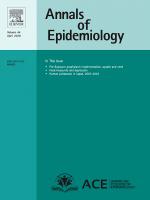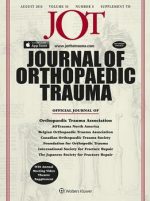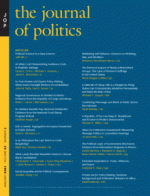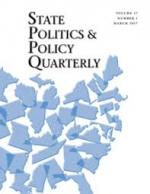Quantifying the Improvement in Sepsis Diagnosis, Documentation and Coding: the Marginal Causal Effect of Year of Hospitalization on Sepsis Diagnosis
-

Jafarzadeh, Reza, Benjamin S. Thomas, Jonas Marschall, Victoria J. Fraser, Jeff Gill, and David K. Warren. “Quantifying the Improvement in Sepsis Diagnosis, Documentation and Coding: the Marginal Causal Effect of Year of Hospitalization on Sepsis Diagnosis”. Annals of Epidemiology 26, no. 1 (2016): 71-76
Purpose To quantify the coinciding improvement in the clinical diagnosis of sepsis, its documentation in the electronic health records, and subsequent medical coding of sepsis for billing purposes in recent years. Methods We examined 98,267 hospitalizations in 66,208 patients who met systemic inflammatory response syndrome criteria at a tertiary care center from 2008 to 2012. We used g-computation to estimate the causal effect of the year of hospitalization on receiving an International Classification of Diseases, Ninth Revision, Clinical Modification discharge diagnosis code for sepsis by estimating changes in the probability of getting diagnosed and coded for sepsis during the study period. Results When adjusted for demographics, Charlson-Deyo comorbidity index, blood culture frequency per hospitalization, and intensive care unit admission, the causal risk difference for receiving a discharge code for sepsis per 100 hospitalizations with systemic inflammatory response syndrome, had the hospitalization occurred in 2012, was estimated to be 3.9% (95% confidence interval [CI], 3.8%–4.0%), 3.4% (95% CI, 3.3%–3.5%), 2.2% (95% CI, 2.1%–2.3%), and 0.9% (95% CI, 0.8%–1.1%) from 2008 to 2011, respectively. Conclusions Patients with similar characteristics and risk factors had a higher of probability of getting diagnosed, documented, and coded for sepsis in 2012 than in previous years, which contributed to an apparent increase in sepsis incidence. Keywords: Causality, ICD-9-CM, Sepsis, Systemic inflammatory response syndrome, Risk difference



